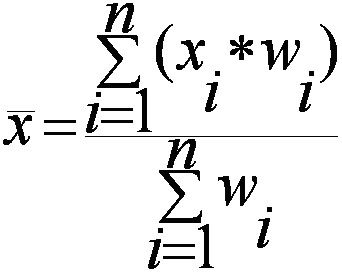Statistics Blog > Statistics Made Easy
 If you want to pass your stats class, these tips will ensure that you get through your class.
If you want to pass your stats class, these tips will ensure that you get through your class.
Statistics Made Easy Tip #1
Go to every class and do all the homework for the first month. Why the first month? About a quarter to half of all students drop out on the first month of a statistics class because they get behind. All of the basic principles are usually covered in the first month. If you miss a couple of classes, it’s going to have a snowball effect. After you’ve covered the basics, skipping a class here and there will have less of an effect.
Statistics Made Easy Tip #2
A shameless plug here: bookmark this site. See the Google custom search bar at the top of the page? Type in a topic (like “How to find the interquartile range“) and it will take you to one of several hundred easy how-to articles on just about every elementary stats topic you can think of. Leave a comment for when you get really stuck! You should also check out our Practically Cheating Statistics Handbook, which covers all of the basic topics you’ll need to pass your class (including a TI83/TI89 calculator how-to!).
Statistics Made Easy Tip #3
Use a TI-83 or a TI-89 calculator, starting at the beginning of your class. Your instructor might insist that you learn how to do things by hand for homework. But the most important part of the class is the test (especially true with AP Stats!) and a graphing calculator will be invaluable.
Statistics Made Easy Tip #4
Use Excel to make charts and graphs. Why? Some graphs (like the graphs produced by simple linear regression) can be tricky to wrap your head around. But the nice thing about Excel is that it’s dynamic. That means you can change your inputs after you’ve made your graph, allowing you to see how different factors (like changing bin size) affect your graphs.
Statistics Made Easy Tip #5
Don’t skip over a definition if you don’t understand it. Elementary statistics builds on information in the same way that a recipe does: if you don’t know what “crack an egg” means, then you won’t be able to fry it. One example is a P-Value. In order to find a P Value you need to run a hypothesis test to get a test statistic (like an F Statistic). In order to run a hypothesis test you need to know how to state the null hypothesis. See how that works?
Statistics Made Easy Tip #6
Don’t leave your homework until the night before. This probably should be tip #1. It sounds obvious, but when I was teaching stats, the students who got the lowest grades tended to be the ones who started the homework on Sunday night (the homework was due Monday). At first, the homework might seem easy (especially when dealing with means or bar graphs). But later segments of homework will have lengthy questions (like finding linear regression equations). Those could take you a half hour or more per question to answer. And when you get stuck? Good luck at finding someone on a Sunday night who can help you.
One last tip: I highly recommend The Cartoon Guide to Statistics, a simple and fun illustrated guide to the basic concepts.